Pandemic’s deadliest month in US ends with signs of progress
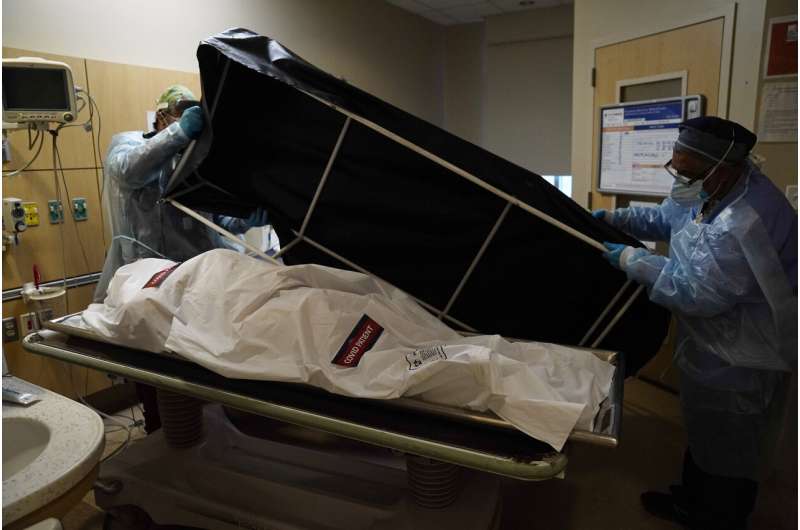
The deadliest month of the coronavirus outbreak in the U.S. drew to a close with certain signs of progress: COVID-19 cases and hospitalizations are plummeting, while vaccinations are picking up speed.
The question is whether the nation can stay ahead of the fast-spreading mutations of the virus.
The U.S. death toll has climbed past 440,000, with over 95,000 lives lost in February alone. Deaths are running at about 3,150 per day on average, down slightly, by about 200, from their peak in mid-January.
But as the calendar turned to February on Monday, the number of Americans in the hospital with COVID-19 fell below 100,000 for the first time in two months. New cases of infection are averaging about 148,000 day, down from almost a quarter-million in mid-January. And cases are trending downward in all 50 states.
“While the recent declines in cases and hospital admissions are encouraging, they are counter-balanced by the fact that in January we recorded the highest number of deaths than in any month since the pandemic began,” said Dr. Rochelle Walensky, director of the Centers for Disease Control and Prevention.
Deaths do not move in perfect lockstep up or down with the infection curve. They are a lagging indicator, because it can take a few weeks for people to get sick and die from COVID-19.
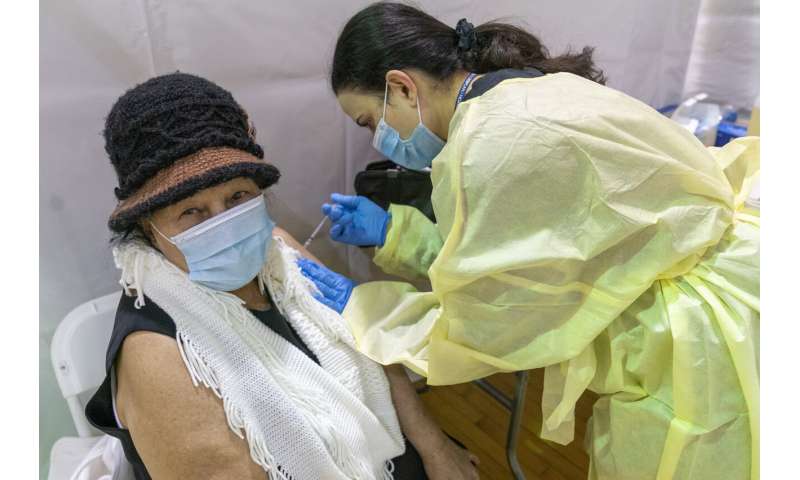
After a slow start, the vaccination drive that began in mid-December is picking up the pace. More than 31.1 million doses have been administered in the U.S., according to the CDC. That is up from 16.5 million on the day President Joe Biden took office, Jan. 20.
The number of shots dispensed since Biden’s inauguration has been running at close to 1.5 million per day on average, well over the president’s oft-stated goal of 1 million per day. More than 5.6 million Americans have received the required two doses, according to the CDC.
Three mutated variants of the virus from Britain, South Africa and Brazil have been detected in the U.S. The British one spreads more easily and is believed to be deadlier, but the South Africa one is prompting even more concern because of early indications that vaccines may not be as protective against it.
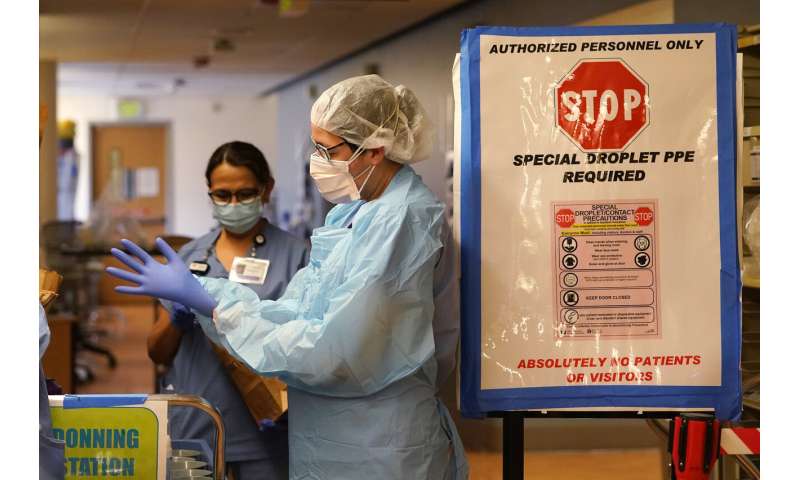
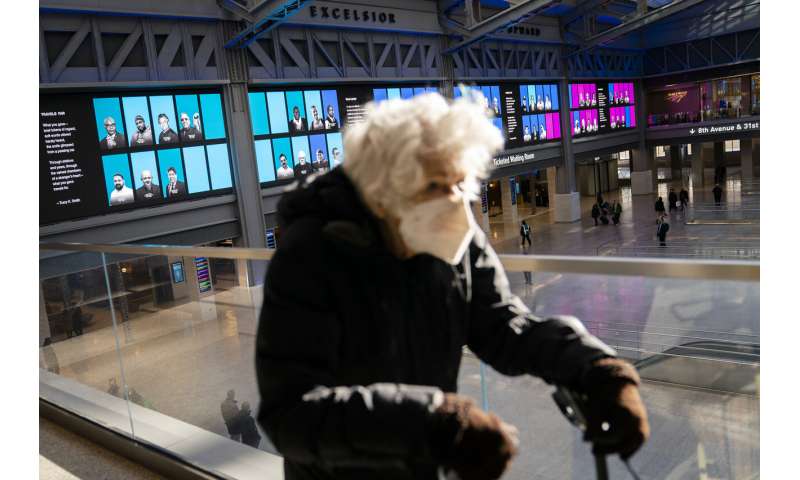
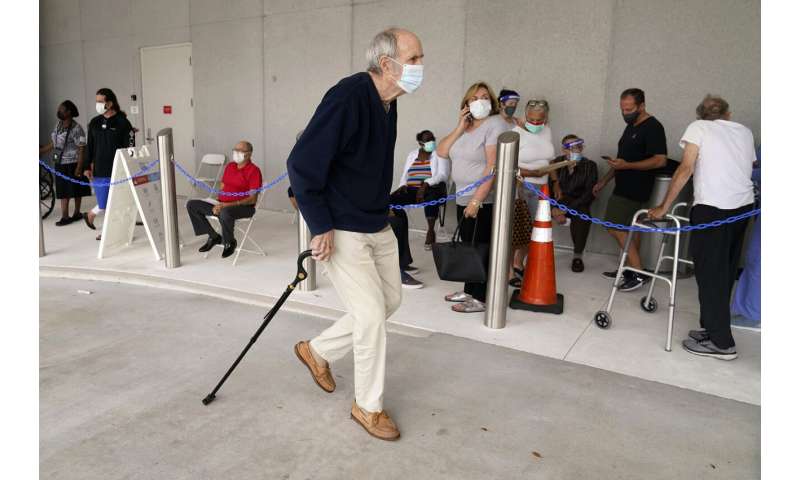

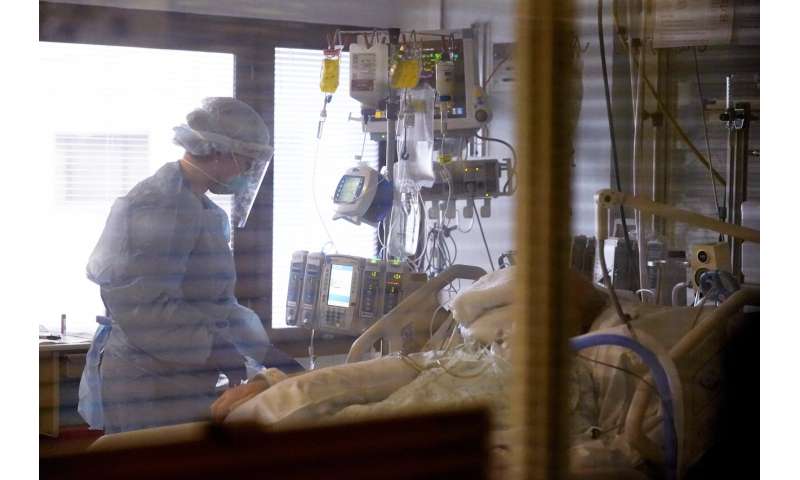
The more the virus spreads, the more opportunities it has to mutate.
Source: Read Full Article



